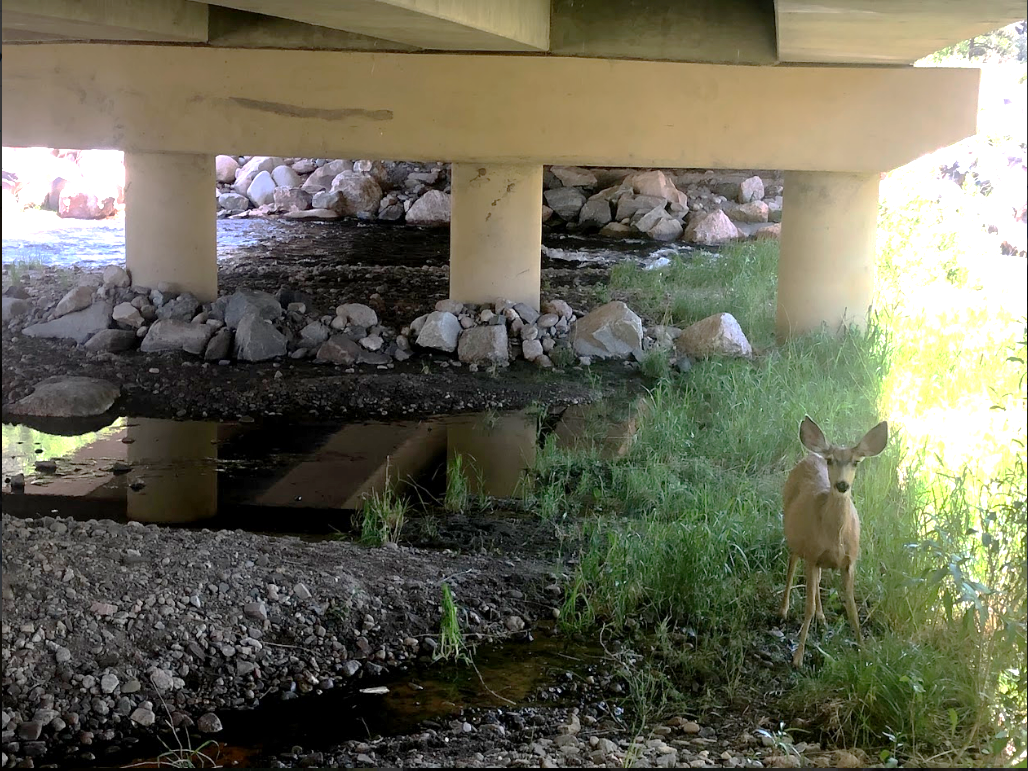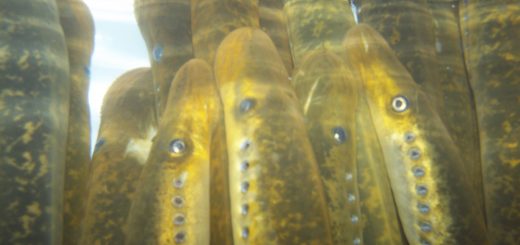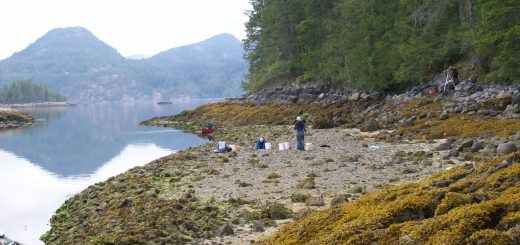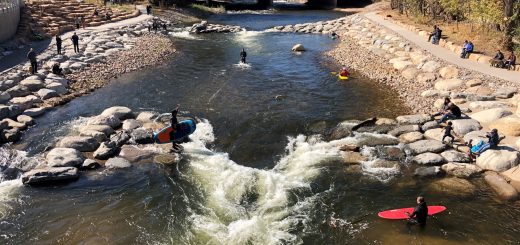Compromise, in the Name of the Fish
I work for a transportation agency that is constantly building and updating bridges that span rivers; hence, we collaborate closely with the local office of the state’s fish and game agency. Legislation dictates that this fish and game agency has a right to offer input and regulation on any transportation project that crosses or is adjacent to a body of water. This contributes a perspective that helps to conserve the fish and wildlife that depend on these systems.
State and federal agencies typically have a set of best management practices that they expect contractors and collaborators to follow. These practices are required to help maintain and improve habitats, usually as a result of legislation that seeks to perpetuate fish or wildlife populations. Examples may include size requirements for riprap (large rocks or concrete blocks that help stabilize riverbanks) or limits on sediment input to the river. However, the dynamic nature of river systems can often defy a standard, one-size-fits-all methodology. It is therefore necessary to blend established sets of best practices with collaboration and innovation, critical elements to success in any conservation effort.
One example of collaboration that I have seen involved reseeding a riverbank after a bridge construction project. My agency was required to backfill the riprap with soil and reseed it. New willows, grasses and other plants facilitate wildlife movement as well as connectivity with the riparian corridor. It’s a good practice, and one that helps to maintain these habitats after the disturbance from a construction project.

However, reseeding doesn’t always go as planned. On one of our recent projects, we noticed that the area under the new bridge was extremely dark. The reseeding was unsuccessful because new plants were unable to survive in the darkened environment, and the soil that had backfilled the riprap was eventually swept into the river during high water events. Such soil inputs can cover spawning habitat and be debilitating for downstream fish habitat.
The term “compromise” can have a bad reputation, but this instance was an example of compromise at its best. My transportation agency reached out to the local fisheries biologist, and he understood that continuing to backfill riprap with soil in dark environments would ultimately be counterproductive to maintaining the fish habitat that we were all interested in conserving. He relaxed the requirement for certain situations.
Management and improvement of fish habitat is almost never confined to the streams and the lakes where it is eventually implemented – it expands and fills discussions between biologists, agencies, and the public. We must remember that our collaborators, stakeholders, and resources all operate in the sphere of human interactions and perspectives. It takes more than a successful scientific method to make a successful scientist; it takes the ability to listen and adjust. Sometimes, it takes compromise.
Images are property of the author and may not be used or redistributed without permission. Any opinions expressed are those of the author, and do not necessarily represent American Fisheries Society.



